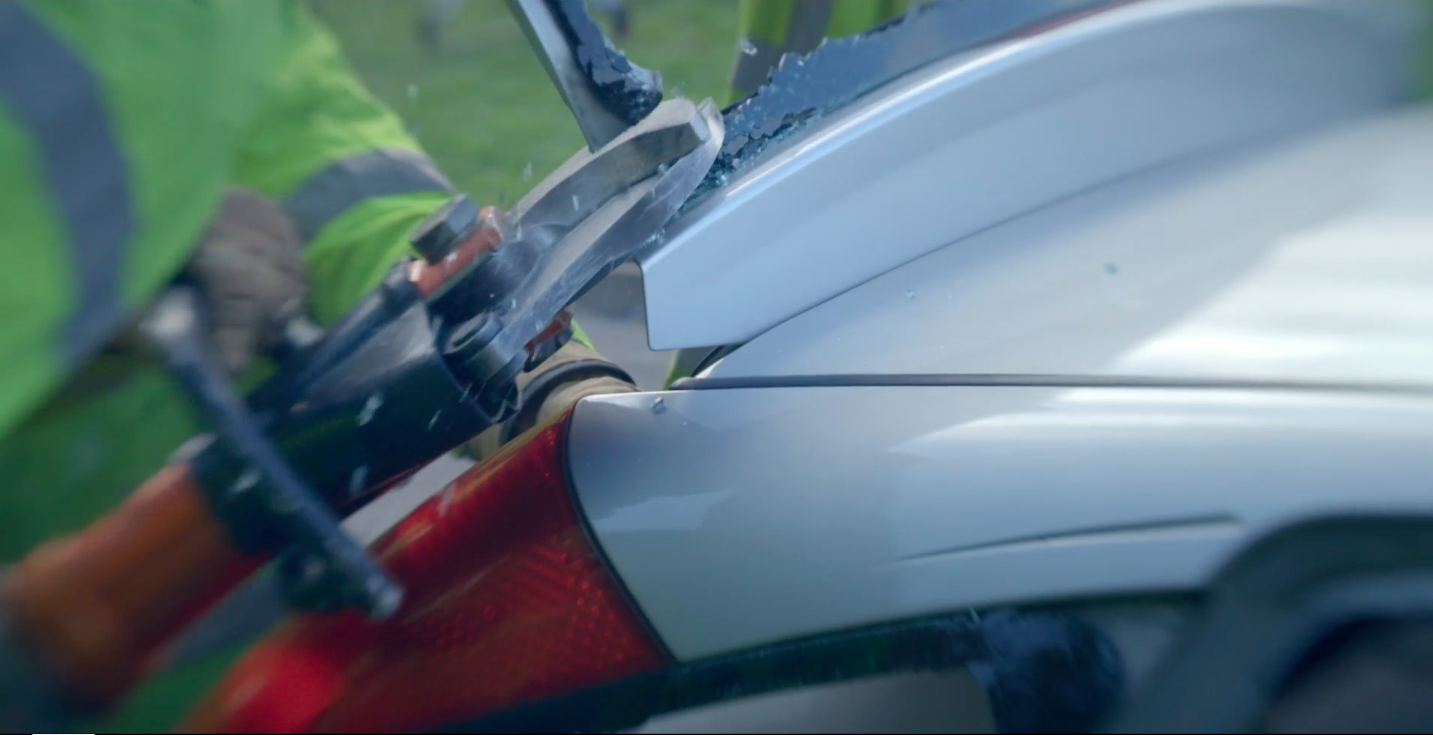Media reporting on road safety
Guidelines for journalists, advertising agencies and production companies.
The media in Ireland plays a critical role in influencing people’s attitudes and behaviour towards road safety. Reporting on road safety and road traffic collisions in the mainstream media and advertising that features on-road scenarios are hugely influential in setting cultural norms. Reporting and advertising that is sensitive to road safety needs can help achieve positive attitudes and road safety behaviours.
/driving-lesson.jpg?sfvrsn=3cbb482e_3)
When advertising a product or service that has a specific road use, we encourage you include a safety message e.g. ‘drive safely’.
The do's and don'ts when depicting road behaviour
It's undeniable that the media and specifically advertising influence people’s knowledge, attitudes, and behaviour. The information below is designed to act as a guide to help advertisers depict safe road use, which may help to prevent collisions, and equally to avoid showing poor or dangerous behaviour that may unintentionally risk lives.
- Do not show headrests removed from vehicles under any circumstance.
- When doing a piece to camera, ensure that the location chosen is safe and does not become a distraction for passing traffic.
- Do not show talking or speaking to camera while driving as this is distracting for the driver and risky behaviour.
- Do not use speeding to add glamour to a product, service, character or situation.
- In advertisements where vehicles are being tested at speed, do not show this happening on the public road.
- Do show drivers adjusting speed appropriately i.e.. complying with traffic controls, for example, traffic lights and when near to other road users and traffic signs and road markings;
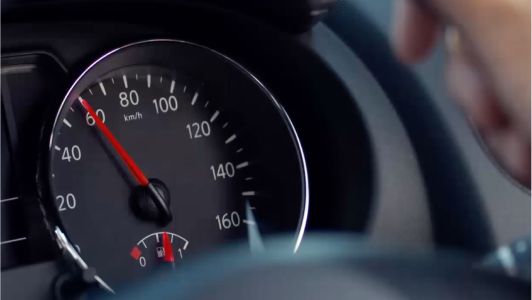
- Do not use vehicle fog lights in daylight or non-foggy conditions.
- Do show if a vehicle is fitted with day time running lights that the driver remembers to switch on their dipped head lights at lighting up time.
- Do show lights that are clean and working properly.
- Do not show drivers having long conversations with a passenger or speaking to the camera while driving.
- Do not show drivers doing something else (for example, eating or drinking) while driving.
- Do show good driving practice i.e. If a driver uses a personal or in-car system, show it at a volume that does not distract or prevent you from hearing emergency sirens or car horns.
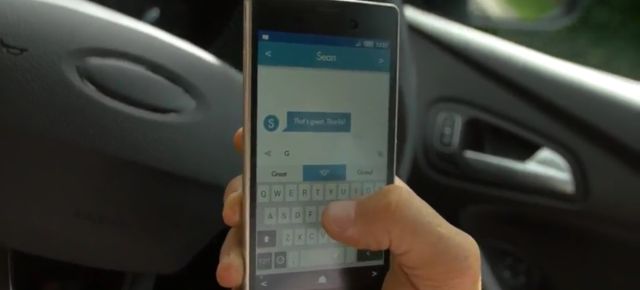
- Do not show aggressive driving depicted in a positive way.
- Do not show a manager encouraging staff to speed up or use a mobile phone to get a job done quicker.
- Do not show someone drinking alcohol before, or whilst, driving a car, motorcycle, bicycle, or in fact, anything on wheels.
- Do not show coffee or other home remedies being used by someone trying to sober up.
-450-x-242-px/drink-driving.jpg?Status=Master&sfvrsn=a5edaaa5_3)
- Do not show drivers having conversations on mobile phone devices including handsfree.
- Do show driver pulled in safely off the road if they need to take a call in the car. (except on a motorway as it is an offence to stop on the hard shoulder of the motorway)
- Do not show footage that could have been taken by the driver while driving that may be seen to endorse mobile phone use while driving.
- Do not show a character having a long day, followed by a long journey without the driver taking a break.
- Do not show a driver fighting sleep at wheel.
- Do show a driver who is tired taking a 15 minute nap and continuing on their journey.
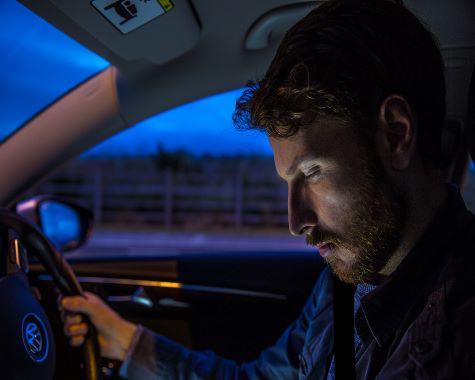
- Drivers or passengers who are not properly restrained with a seat belt or child car seat. This applies to situations where the vehicle is traveling or parked up.
- Do not show drivers and passengers releasing their belts at harness before a vehicle has safely come to a stop.
- Do not use drivers or passengers wearing their seatbelts under their arm.
- Do not show pets loose in a vehicle. Where pets are shown in a vehicle, ensure that they are also safely restrained, either with a harness, in a cage or behind a dog guard.
- Do show where safety belts have been fitted, they are being worn correctly.
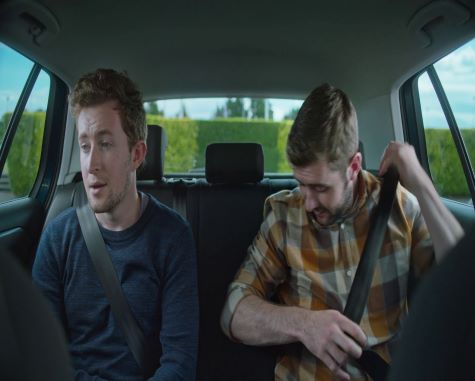
- Do show drivers giving extra space when overtaking people who cycle, as they may need to avoid uneven road surfaces and obstacles. This is particularly important on wet or windy days. See more here
- Do show when turning left, all drivers, especially drivers of heavy goods vehicles, watching out for people who cycle and motorcyclists going ahead or turning.
- Do not show drivers parking on double yellow lines, footpaths or cycle tracks.
- Do not show drivers parked in disabled parking spots unless the driver is legally entitled to do so.
- All children under 150cm in height need to be shown in a car using an appropriate child restraint (visit here for details).
- Do show a vehicle that has a front passenger airbag but never put a rearward facing baby seat in the front passenger seat.
- Do show a child that’s using an appropriate child restraint that’s suitable for their height and weight, that’s harnessed correctly and that the restraint system is suitable for the vehicle being used.
/check-it-fits.jpg?Status=Master&sfvrsn=7963f9f2_0)
- Do not show drunken pedestrians on or near the road.
- Do not show pedestrians running across the road in front of vehicles.
- Do not show pedestrians crossing in unsafe places or without checking that it is safe to cross.
- Do not show pedestrians without bright clothing or high visibility reflective material when walking in poor or dark conditions or at night.
- Do show pedestrians continue to watch and listen for traffic while crossing the road.
- Do not have children crossing the road on a bend, near a brow of a hill or between parked cars.
- Do show drivers watching out for child pedestrians who might attempt to cross the road suddenly from between parked vehicles.
- Do show children under 12 years of age being accompanied by an adult while crossing the road.
- Do not show people who cycle riding on footpaths or across pedestrian crossings.
- Do not show two people on one bicycle (unless it’s a tandem).
- Do not show people who cycle ignoring traffic signals and signs.
- Do show people who cycle wearing a cycling helmet.
- Do show people who cycle using the bell as a warning device only
- Do show people who cycle cycling two abreast but not if overtaking parked cars.
- Do show people who cycle obeying all rules applying to road traffic signs and road markings, including signs and signals at traffic lights and pedestrian crossings.
/cycle-safety.jpg?Status=Master&sfvrsn=e00c9598_1)
- Don’t show motorcyclists riding on pavements and disobeying traffic signals.
- Don’t show motorcyclists putting on their helmet and riding off without fastening the chinstrap.
- Do show riders wearing proper personal protection equipment (PPE).
- Don’t show motorcyclists filling their fuel tanks without dismounting their bike.
- Don’t show displays of unsafe behaviour on the road such as wheelies, stoppies and doughnuts.
/collision-car-motorcycle.jpg?Status=Master&sfvrsn=f9dbb90c_3)
About the Rules of the Road from the RSA. Where to buy printed editions of the Rules of the Road. Where to view and download digital editions.
For specific media queries please email: [email protected]
A journalist's guide to reporting on road safety
Reporting on road safety and road traffic collisions in the mainstream media is hugely influential in setting cultural norms. Reporting that is sensitive to road safety can help achieve positive attitudes and road safety behaviours.
When reporting on road collisions:
The Oxford English dictionary describes the noun ‘accident’ as an unfortunate incident that happens by chance or without apparent cause. The term accident therefore suggests an act and consequence that could not have been prevented, i.e. an ‘act of God’. Most collisions are predictable and preventable and before an enquiry or court case the full facts are unlikely to be known. It is particularly important to avoid the word when someone has been charged with driving offences. Using ‘crash’ or ‘collision’ instead leaves the question of who or what is to blame open, pending further details. Please see the RoadPeace, The national charity for road crash victims, Briefing Sheet 'Crash not accident'
/motorcyle-accident.jpg?Status=Master&sfvrsn=505d73e1_3)
This is particularly important when describing actions such as speeding, or leaving the scene of a crash. If little is known in the aftermath of a crash, initially describe human actors as e.g., ‘driver and cyclist in collision’ or ‘two drivers in collision’, before mentioning vehicles. Where details of the crash are known, or one human actor is clearly particularly vulnerable (or slow-moving), such as pedestrians or children, publishers may find it more accurate to say one person ‘hit’ the other, e.g., ‘driver hit a child in a pushchair’, or ‘driver hit a man crossing the road’.
/car-driver.jpg?Status=Master&sfvrsn=48022b23_3)
These may serve to add to the trauma of the victims’ families.
